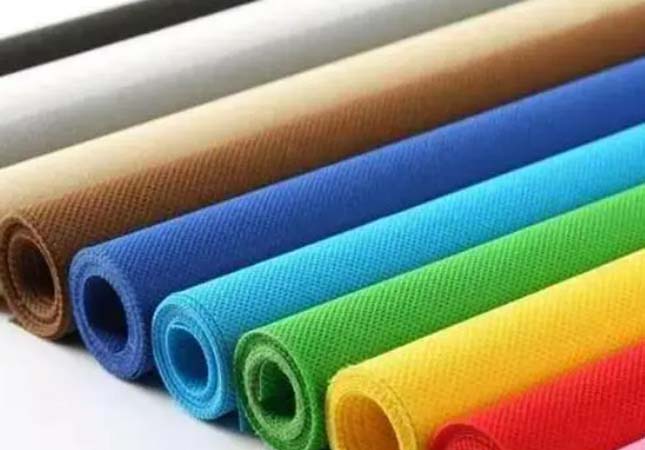The non woven industry refers to the enterprises that manufacture non woven products of insulation, filtration, geotextiles, hygiene, bedding, furnishing by using different kinds of non woven machine. In spite of the fact that non-wovens can be applied to countless various fields, the non woven industry has some common issues in their manufacturing process.

Cost Competition Issue
Some local manufacturers consider themselves as winner in the competition with imported products by the advantages of products quality and the service benefits of local after-sales support. However, although some imported products cannot meet the necessary technical specifications, they can still be sold according to normal price because of their superior quality and low cost, which has caused huge cost pressure on local non woven manufacturing enterprises.
The labour costs typically only represent about 10 to 15% of the whole cost of nonwovens production and the nonwovens industry is capital intensive. Therefore, enterprises must maximise their production efficiency through the non woven machine and improve the utilization of machinery and materials if they want to get success in the cost competition with other enterprises. In addition, whether the products of companies can run for a prolonged time or not, it is essential to increase production efficiency through by upgrading their non woven machine, for achieving a good feedback on capital investment.
Having an appropriate manufacturing business scale that matches the local market is one of the most crucial factors of being a successful non woven production enterprise. It is obvious but is difficult to complete because of the common short running time of non woven products and the enterprise characteristics of capital-intensive business.
Product Addition Value Issue
The non-woven industry is greatly globalized with fierce competition and its products of low value-added capacity. Thus how to innovate the products adding value and how to improve products incorporating different features become 2 main hottest topics in non woven industry development.
Sustainable development is a global trend that affects all non woven industries around the world. For the non woven industry, Eco-friendly gradually becomes a credential to judge whether a non woven product is better or not, so that using recycled polymer and fibers, turning to no-waste manufacturing and reducing energy and water inputs should be the clearest moving trends in the producing process, which gives great importance to advanced non woven machines.
In an increasingly resource and carbon-constrained world, there will be greater pressure in the future to reduce energy and water inputs in nonwoven production. While there is currently no strong regulatory signal to push enterprises to produce eco-friendly products, some pressure is emerging from supply chain partners. Therefore, reducing inputs, striving for no-waste and closed-loop production are long-term priorities, so material utilization as well as energy and water inputs are vital to be focused on.
Focusing on the research projects around the world, we can see a strong concentration of research in the field of materials science, including nanofibers and methods for imparting additional functionality to finished nonwovens.
This research is more likely to be carried out by machinery manufacturers, who have the large resources required, rather than academic institutions. At the moment, it appears that there are barely any chances in the near future to come across radical machinery developments for the nonwovens industry. The present research is mainly aimed at adding functionality to nonwovens for advanced applications, as well as fundamental studies of process - property relationships.
Research is concentrated on materials development for achieving the purpose of producing more value-added products and more knowledge management activities such as process modeling, structure-property relationships and current measurement systems. It indicates that these are hottest trend of technology developments and it seems process developments are related to nanofibre production or methods of treating fibres to impart improved functionalities.




